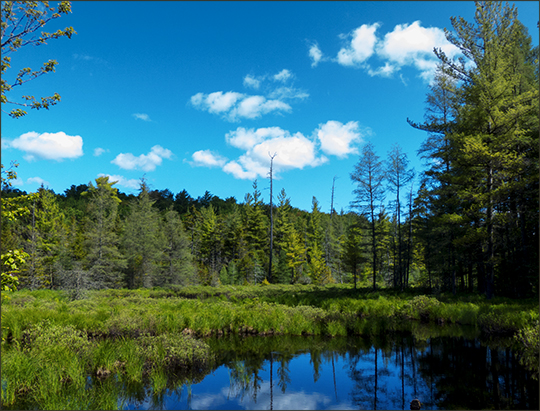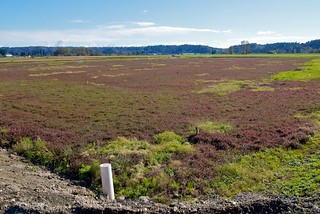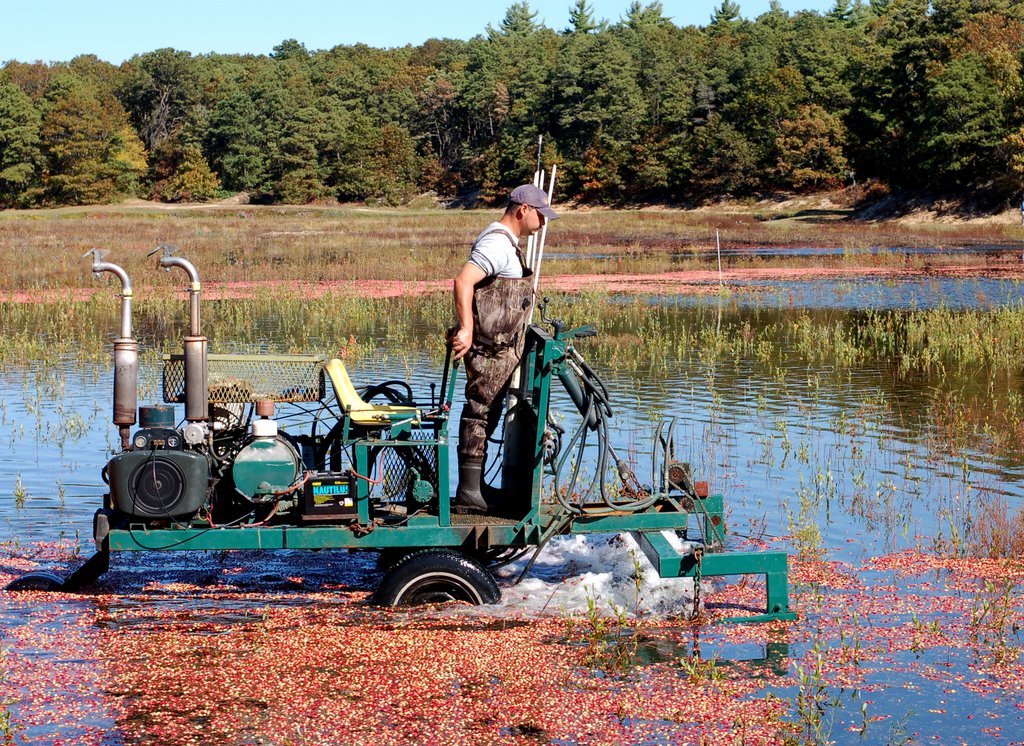
Good fast growing ground cover for banks and slopes. Occurs in forest edges and shady upland woods. Wild Geranium ( Geranium maculatum), Blue Cohosh ( Caulophyllum thalictroides), Joe Pye Weed ( Eutrochium maculatum), Maple-leaved Viburnum ( Viburnum acerifolium) Nature Benefits Native to states west and south in the eastern U.S. Extremely rare in the wild in Massachusetts and some populations are introduced as escapes from gardens. Flowering commences as spring wildflowers fade. It is an excellent choice for massing in a naturalistic garden.
Size: 4-5 feet in height 2-3 foot spreadĪlso known as black snakeroot with striking tall flower spikes and sharply divided foliage. Bloom Time: White spike flowers in June, July, August. Occurs naturally in sandy soils of fields, roadsides, pondshores, and cranberry bog borrow pits. Particularly important to beneficial insects. A favorite of butterflies, bees, and other pollinators. Garden Companionsīlack-Eyed Susan (Rudbeckia hirta), Purple Coneflower (Echinacea purpurea), Little Bluestem (Schizachyrium scoparium), Goldenrods (Solidago spp), Dense Blazing Star (Liatris spicata) Nature Benefits Use in a cottage garden, rain garden, perennial border, or xeric-scape design. This species thrives in well drained or dry sites. The clouds of flowers attract a myriad of pollinators. In late summer plants are covered with dense flat terminal clusters of white florets. This meadow plant is a vase shaped perennial. Bloom Time: White flowers in August, September. Treesīetula utilis var.Eupatorium hyssopifolium Growing Information Otherwise, good cultivars that are widely available have been selected. Others may be as tolerant, but less widely grown.Ĭultivars have been chosen for their RHS Award of Garden Merit (AGM) status where possible. The list includes the plants that are most reported as being tolerant. It is worth bearing in mind that a number of other conditions may exist, such as shade, frost pockets and whether the water is oxygenated (flowing). This list is the result of asking gardeners their experiences of which plants have proven tolerant of sitting in water for at least a week in winter and then drying out in summer. Although short-lived in themselves, their ability to self-seed gives them a certain permanence. For sudden large amounts of water running off buildings to hard surfaces, or where seasonal flooding occurs, consider creating a rain garden. Don’t risk more tender plants if your garden is cold as well as wet. These allow roots to be raised above the surrounding water table. To make watering easier in summer, especially in the establishment year, ensure the top of the mound is slightly saucer-shaped. By planting onto a mound 25cm (10in) at its middle, drainage can be greatly improved. Organic matter improves soil structure by creating air spaces and what is termed a ‘crumb’structure. This is the most important of all the techniques, whatever your soil type. Add organic matter such as well-rotted farmyard manure or garden compost. There are a few steps you can take to improve drainage on poorly drained soils including: Malvern Autumn Show - 23–25 September 2022. RHS Garden Wisley Flower Show - 6–11 September 2022. 
RHS Garden Rosemoor Flower Show - 19–21 August 2022.

RHS Garden Hyde Hall Flower Show - 3–7 August 2022.RHS Flower Show Tatton Park - 20–24 July 2022.
 RHS Hampton Court Palace Garden Festival - 4–9 July 2022.
RHS Hampton Court Palace Garden Festival - 4–9 July 2022. 
RHS Garden Harlow Carr Flower Show - 23–26 June 2022. RHS Botanical Art and Photography Show - 9–29 April 2022. RHS Garden Wisley Spring and Orchid Show - 25–27 March 2022.








 0 kommentar(er)
0 kommentar(er)
